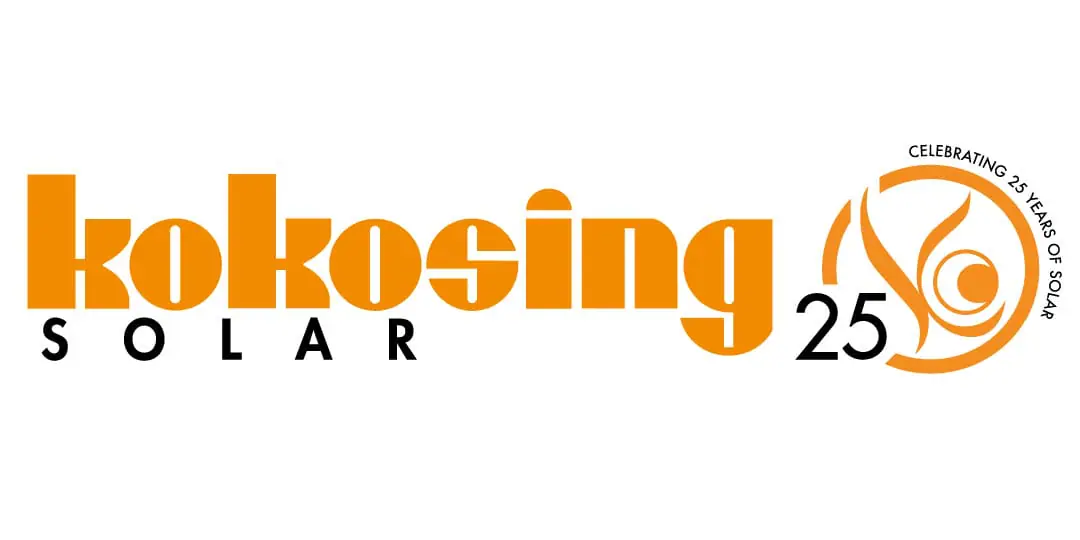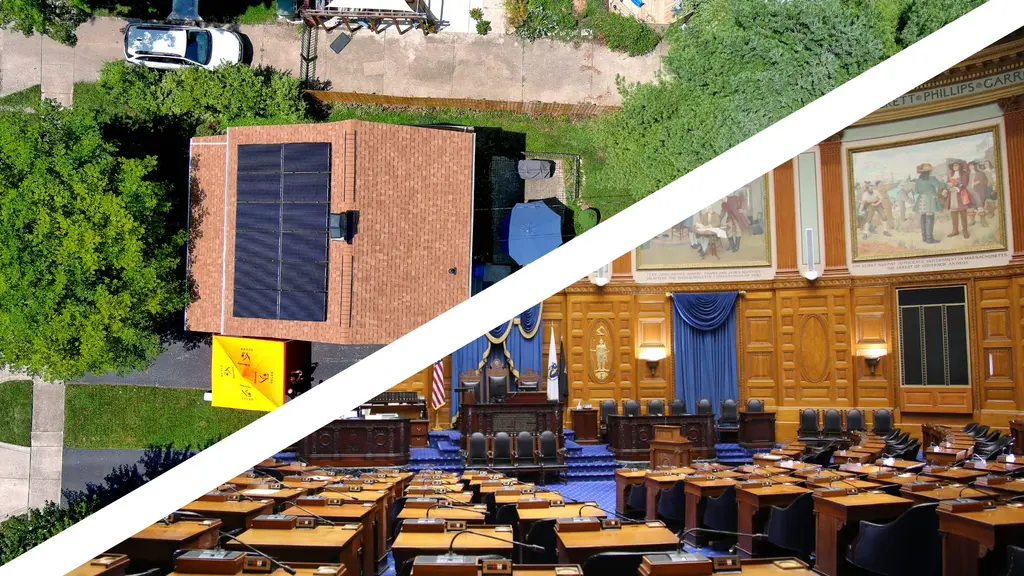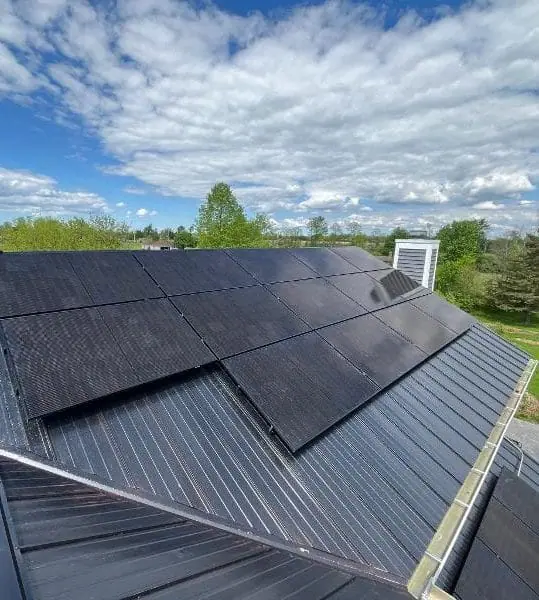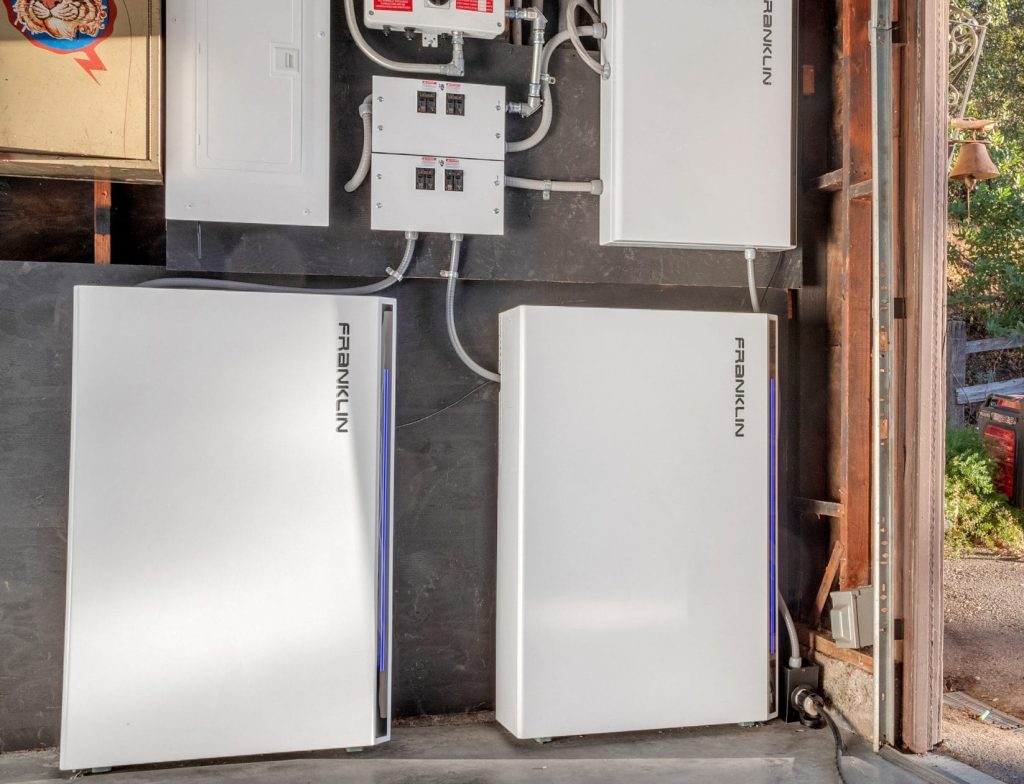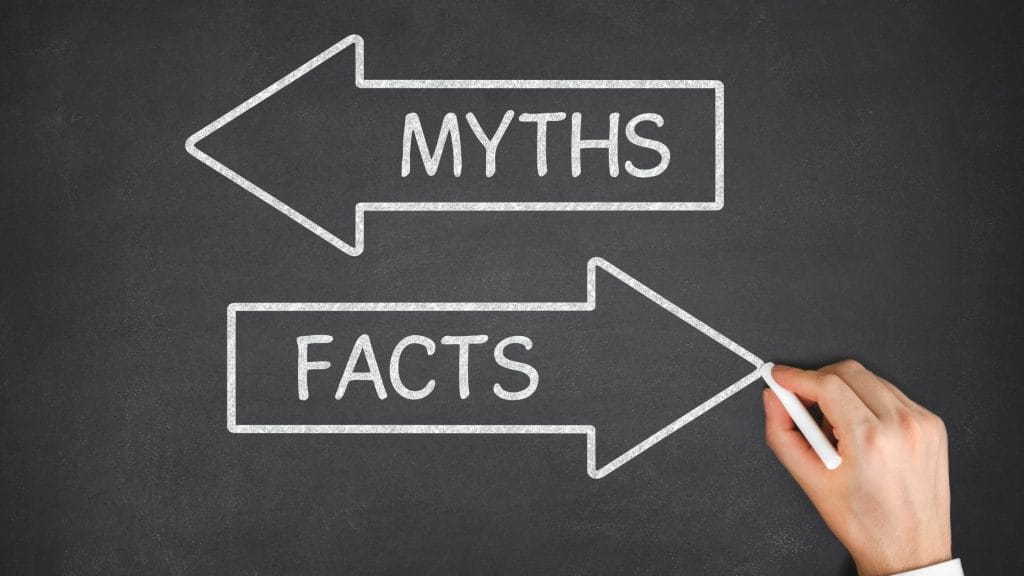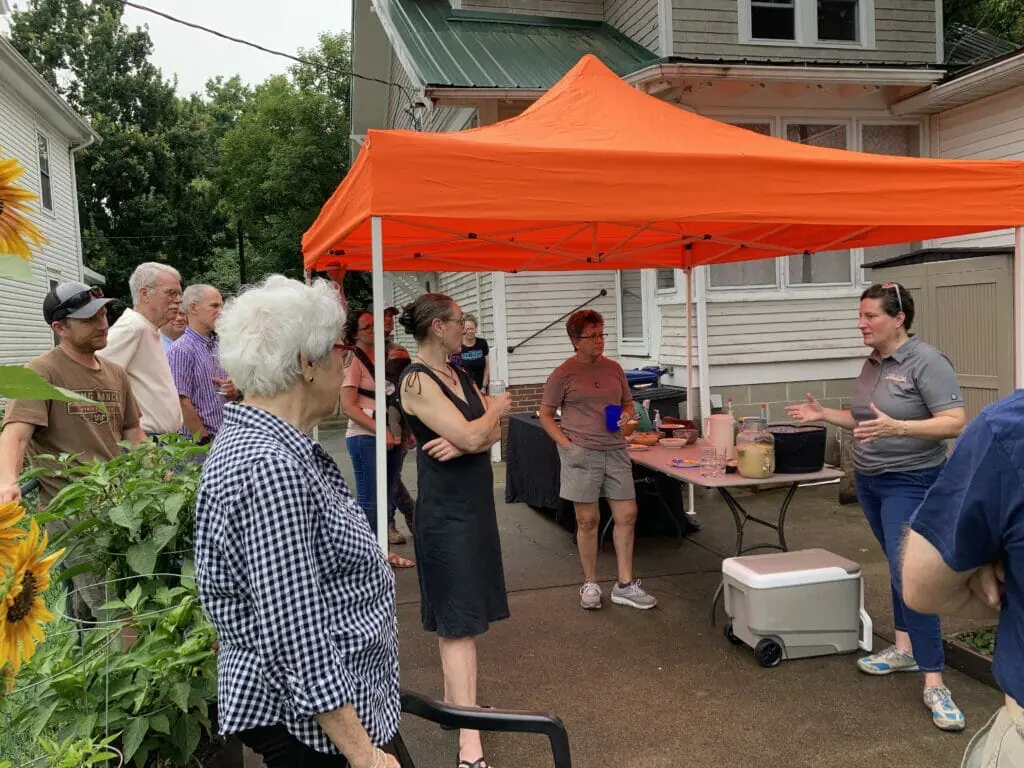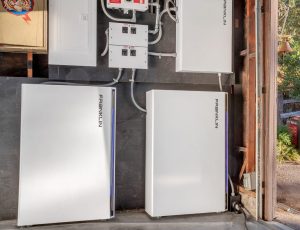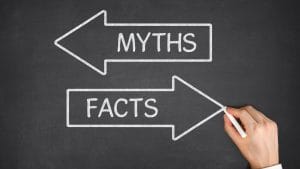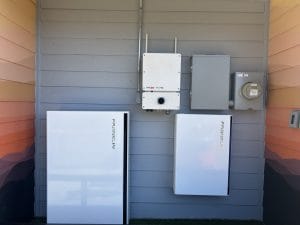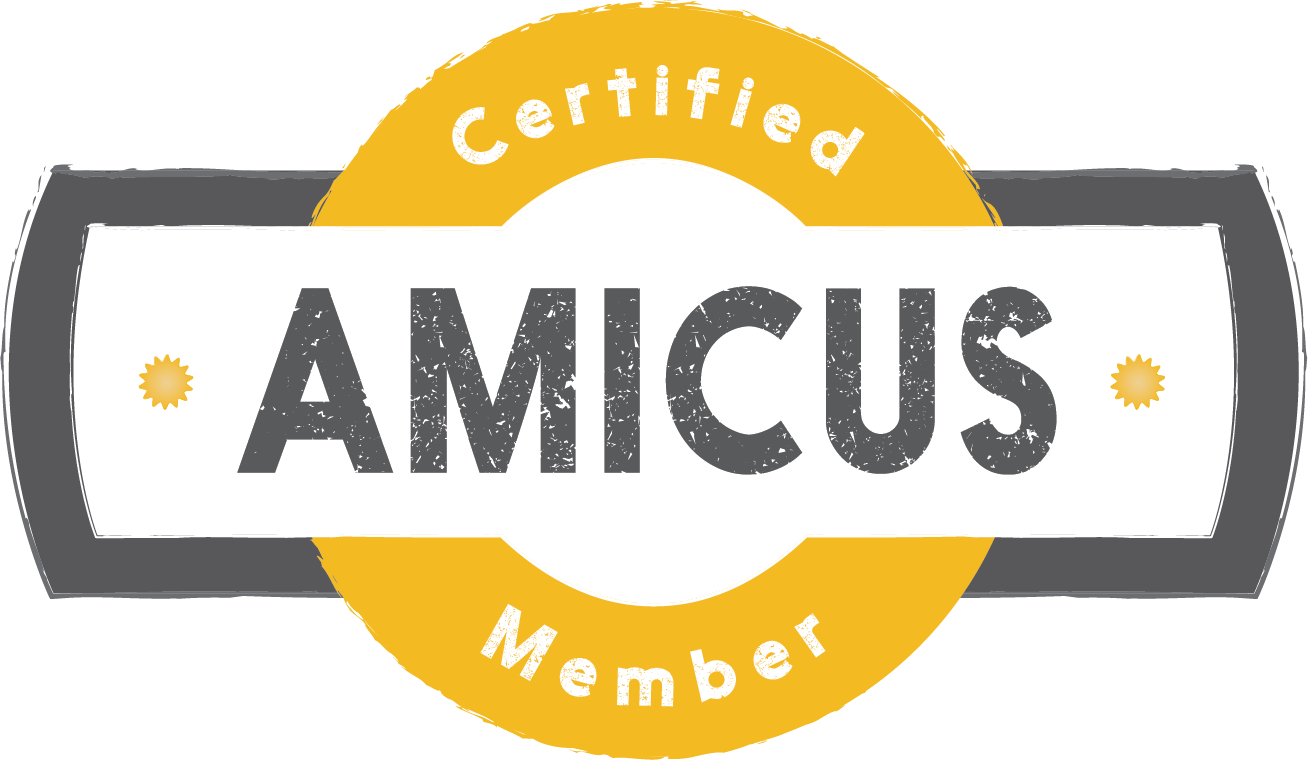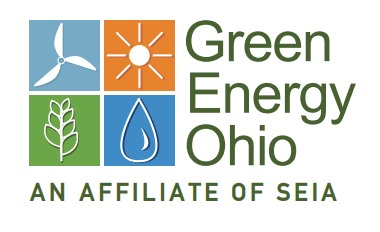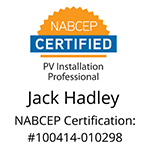Defining Different Types of Grid Interconnection with Solar
Grid-tied solar system
This type of system is for anyone connected to the local power grid. Depending on the policy of your utility provider, being grid-tied allows you to sell extra energy you produce back to the grid to offset your energy costs. Grid-tied systems are the most cost-effective option. They offer the fastest payback and the best ROI. Grid-tied solar is good for homes who are looking to save money on their electricity costs.
Grid-tied solar system with battery backup
Grid tied solar systems with battery backup provide the reliability and convenience of grid tied, with the security of back-up power when circumstances arise. These systems send excess energy into the grid for credits, pulls energy from the grid when the solar system isn’t producing at night, and have backup batteries that store power to use in times of a utility outage. This type of system is more expensive than a standard grid-tied system but ensures you have reliable access to electricity.
Off-grid solar system
Historically, off-grid systems were the only option for individuals who lived remotely and didn’t have access to utility power. Off-grid solar systems use solar panels to charge a bank of batteries which then power your home at night, or when the solar PV system is not meeting the load demand, especially during the winter or on cloudy days. These have a higher system cost due to the addition of the batteries and a standby generator to the solar system. With an off-grid system, energy conservation is important. Energy efficient appliances, reducing your energy consumption, load management, and relying on a backup generator are all part of what you’re signing up for when you decide to go off-grid.
Grid-tied batteries or grid-tied generator
Tesla Powerwall can charge from the grid and doesn’t need solar to charge the batteries. This provides emergency backup power in the case of grid failure. Kholer generators interact seamlessly with the grid to come on during a power outage, too. Grid-tied batteries or generators are great for individuals who have necessary medical appliances operating in their homes.
Why Grid-Tied Solar Systems Are Best for Most Homes
Solar power allows you to generate your own energy, which means you won’t be buying power from the utility. You might assume this means going off-the-grid, but this is not the case.
If you have access to the grid, you will store the excess power you create in the utility grid. You are treating the grid like a big battery, charging it when you have excess power and taking energy when you need more. In most cases, the utility company credits you for the extra power you produce (net-metering) and allows you to pull from the grid when you need it (at night).
An off-grid system doesn’t have any connection to the utility grid, so having some sort of alternative for storing excess energy is necessary. Off-grid homes require battery banks to store excess solar energy for later use. Without batteries or access to the grid, there wouldn’t be a way for you to have energy at night when your solar system isn’t producing.
The top mistake people make when they decide they want to go off-grid: equating breaking ties with the utility company with cost savings.
Grid-tied solar systems and off-grid solar systems are on different ends of the spectrum when it comes to cost. Grid-tied solar is the most cost-effective type of solar system. Batteries ensure you have power when the grid goes down.
Maintaining grid interaction with your solar system through net metering is actually the best option for homeowners looking to cut costs.
The second mistake people make when deciding to go off-grid: thinking that off-grid homes are greener and more sustainable than conventional “grid tied” homes.
This may come from the roots of the off-grid movement… Most early solar pioneers were off-grid. They relied upon solar, batteries, and often a generator to power their homes with no connection to the utility grid. Many people did this to live a more sustainable existence.
We find that most of our customers don’t live far from power lines. With a grid-tied system, any excess power generated from solar goes back into the grid and helps your neighbors reduce their carbon footprints.
Remember- it’s fossil fuels that we’re trying to avoid, not the grid itself.
While many are eager to cut ties with the utility company for one reason or another, the reality is that most of us are already tied in and the efficiencies of the grid generally outweigh an off-the-grid solar system.
Kokosing Sun Solar doesn’t take you off the grid, but we can get you very close.
The good news: you do not have to go off-the-grid to enjoy the benefits of clean, solar energy!
Your home is only a few smart steps away from enjoying the benefits that solar energy has in store. Contact us if you’re ready to start talking about solar for your home or business.

